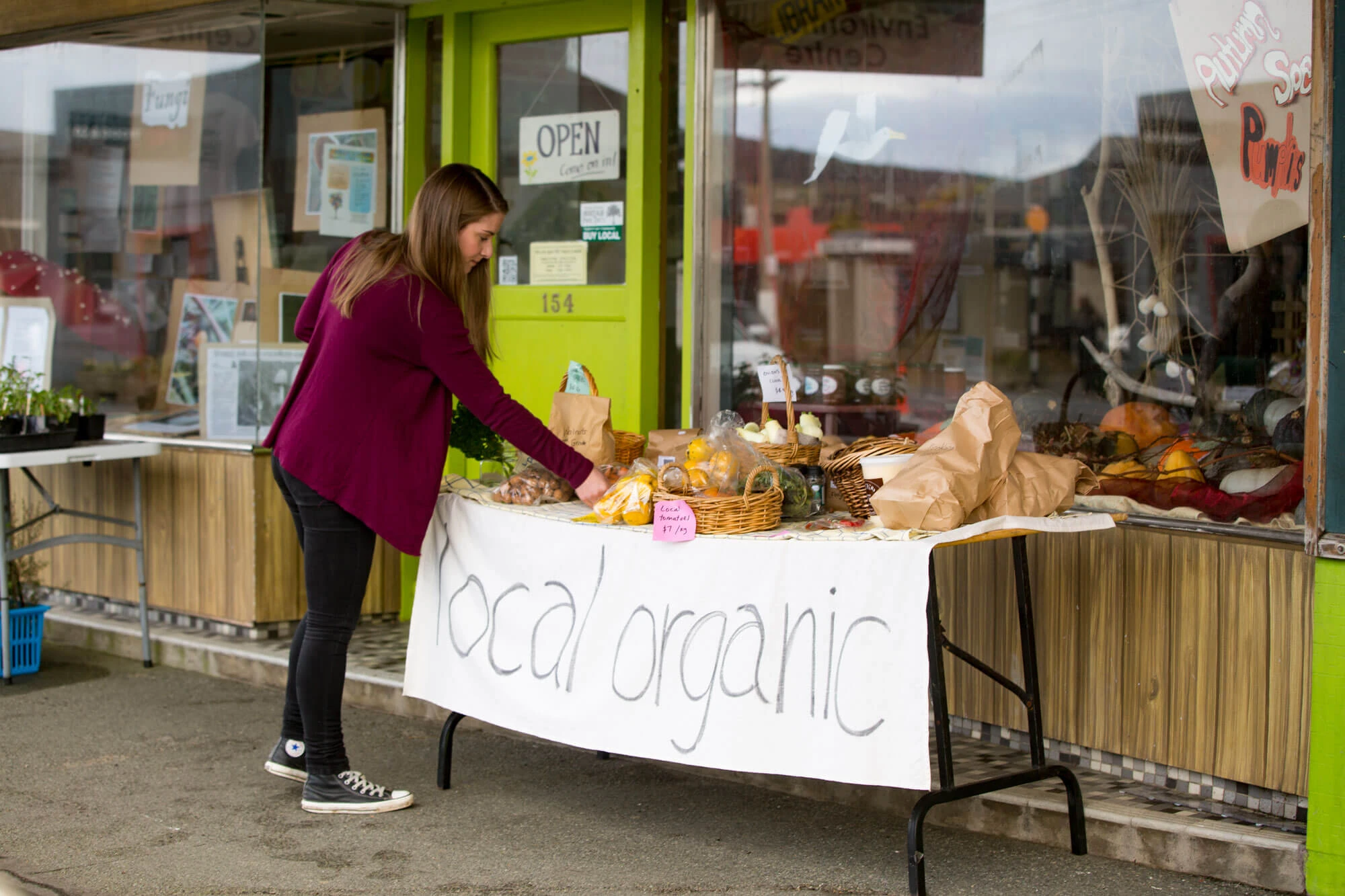Echium (Echium vulgare)
Introduction
Echium is a name given to over 40 species of plants ranging in size from 20cm to over 1.5 meters in height. The Echium referred to here is Echium vulgare. It is an indigenous plant of Western Europe that has traditionally been grown in the home garden. It produces vivid blue colored flowers in late spring and summer.
The seed contains oil that has some pharmaceutical uses. This may make it suitable to be grown on a wider scale by cropping farmers. Echium vulgare is closely related to Borage. Many of the management techniques appear to be the same.
Growing Echium
| Propagation: | From seed usual sowing rate 4–8kg/ha. |
| Yields/ha: | Unknown. |
| Time of maturity: | Sown mid spring, harvested February–March. |
| Soil type: | Free draining silt loams. |
| Fertilisers: | Depends on nutrient status of the soil. General NPK fertilisers usually suffice. |
| Weed control: | Suitable herbicides have not been evaluated. This crop would be vulnerable to weeds during the establishment stage. |
| Pest/Diseases: | No pests or diseases have been found at this stage, further evaluation is needed. |
| Harvesting: | Echium does not flower evenly so it needs to be windrowed after cutting, then harvested with a header. Desiccating and direct heading may be an option. |
| Marketing: | Main markets for this are not yet known. Initial interest is from the UK. Current crops will be grown for seed stock. Oil production figures are unknown. |





